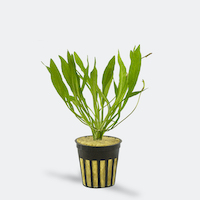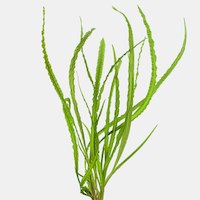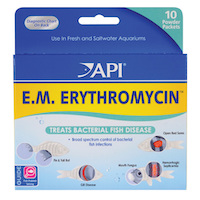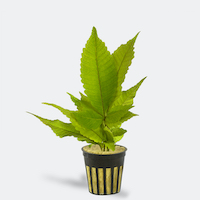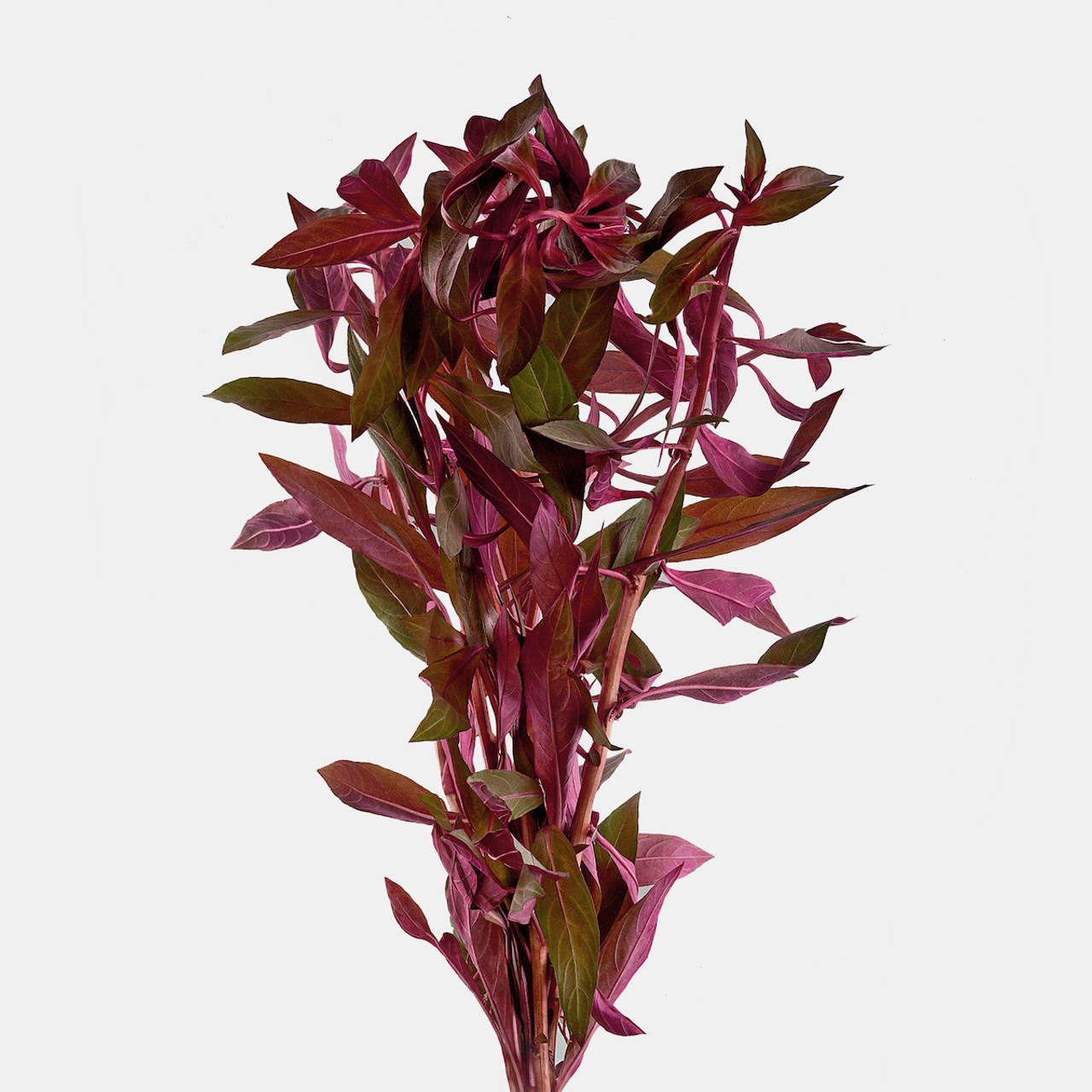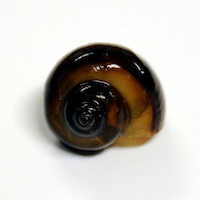Preventing and Battling Algae in Planted Aquarium
Posted by Artur Wlazlo on 2 Feb 2024
Algae is the dreaded word for any aquarium but certainly for an aquarium with live aquarium plants. Algae can be both unsightly and harmful to live aquarium plants and even fish. Algae can cover aquarium decorations, equipment and seriously inhibit the plant’s growth and development. Since it might be impossible to completely eradicate all algae from the aquarium, aquarists should strive to control it or minimize its existence.
In a well-maintained aquarium, serious algal blooms are unlikely to occur. Generally, algae appears in large quantities when there is some kind of imbalance in the aquarium. For example, there might be too many nutrients or light too intense. Poor water quality is usually the main culprit of bad algae. Fortunately, there are ways to prevent harmful algal blooms and we will talk about them later in this article. Let’s start with describing some of the most common algae encountered in the aquariums.
GREEN WATER. What is referred to as green water is single-celled algae that is floating in aquarium water. The cells are very small, however, and cannot be filtered out by conventional canister, hang-on or sponge aquarium filters (although diatomaceous filters media is small enough to capture even this single-celled algae). This type of algae is caused by an overabundance of nutrients from organic waste and presence of intense light source such as sunlight or strong light fixture. In battling this type of algae, we recommend large water changes, lowering the intensity of the light, shortening the time during which the lights are on (or even putting the tank on total blackout) and, most importantly, to prevent reoccurrence, reduction of organic waste by, for example, reducing the amount of fish food fed and/or cleaning your aquarium filter regularly.
BLUE-GREEN ALGAE. Actually, while commonly referred to as algae, this in truth cyanobacteria. What causes this algal or bacterial bloom is not entirely understood but it is usually present in aquariums with excessive nutrients, poor water quality or lack of regular water changes. It is easily identifiable because it looks like a dark green thin blanket covering plants, decorations, substrate or tank equipment. It also has a distinctive odor. It can be easily removed by siphoning it out. However, it also tends to return as quickly as it is removed. No fish or snails will consume it as it is toxic as a food source. Instead, effective treatment includes water changes, substrate cleaning and, since it is cyanobacteria, medication such as erythromycin. Preventing its occurrence is not difficult either as long as you maintain good water quality.
BRUSH ALGAE. At first, this algae appears as small furlike tufts. But the can grow quite long up to one to two inches long if left to thrive. They often grow on driftwood but also cover plants and aquarium decorations. Causes of this algae, while not entirely understood, are poor water quality and excess nutrients. Once established, brush algae is difficult to eradicate. It is even more difficult, or nearly impossible, to physically remove brush algae from whatever it grows on without removing the affected items out of the tank and scrubbing the algae off them. Even then, the task is difficult as this algae tends to be securely affixed to the items it grows on.
However, one method that worked quite well for this author was spraying hydrogen peroxide directly on the algae and affected areas, killing the algae. Also, Siamese algae eater is the one fish that will consume it (although you may have to withhold regular fish food for a few days to coaxed the fish to eat it).
HAIR OR FILAMENTOUS ALGAE. As the name aptly suggests, this algae looks like thin strands of hair. If the conditions allow, thus algae can grow pretty fast covering aquarium plants and decorations. Strong light and excess of nutrients from, for example, organic waste will cause this algae to grow. You can control and prevent its spread by making regular water changes, limiting excessive nutrients by feeding your fish less, vacuuming dirty substrate and cleaning aquarium filters.
BROWN OR DIATOMACEOUS ALGAE. Brown algae appears as a light brown coating on aquarium glass, decorations or plants. It usually appears in new tanks and may clear up on its own after the tank’s cycling is completed. Sometimes, however, it may be more stubborn and appear more regularly especially when your water source is rich in silicate. High levels of silicates is thought to cause diatomaceous or brown
algae. The really good news is that this algae usually disappears when aquarium plants establish themselves and outcompete it for nutrients. Also, algae eating fish and snails, like these mystery snails or nerite snails, love eating it and will keep it clean off your tank surfaces.
Algae is usually considered nuisance in aquariums. And, to be sure, some forms of algae can be quite problematic and unsightly in planted or even fish only aquariums. But, most algae can be controlled by good aquarium husbandry, making regular water changes, keeping nutrients in balance by not over feeding your fish, regularly cleaning your filters and gravel. Adding live aquarium plants to your aquarium is also a great way of controlling algae as plants will outcompete algae for nutrients and will consume organic waste. Not to mention that plants will make your tank look great, natural and will make your fish feel safe and behave naturally. Lastly, don't forget that algae eating fish and snails, including tiger nerite snails and mystery snails, are great weapons in your arsenal for fighting algae as well.


